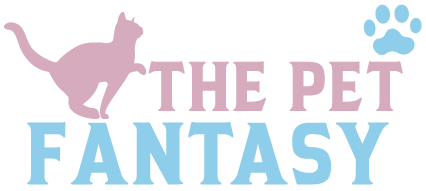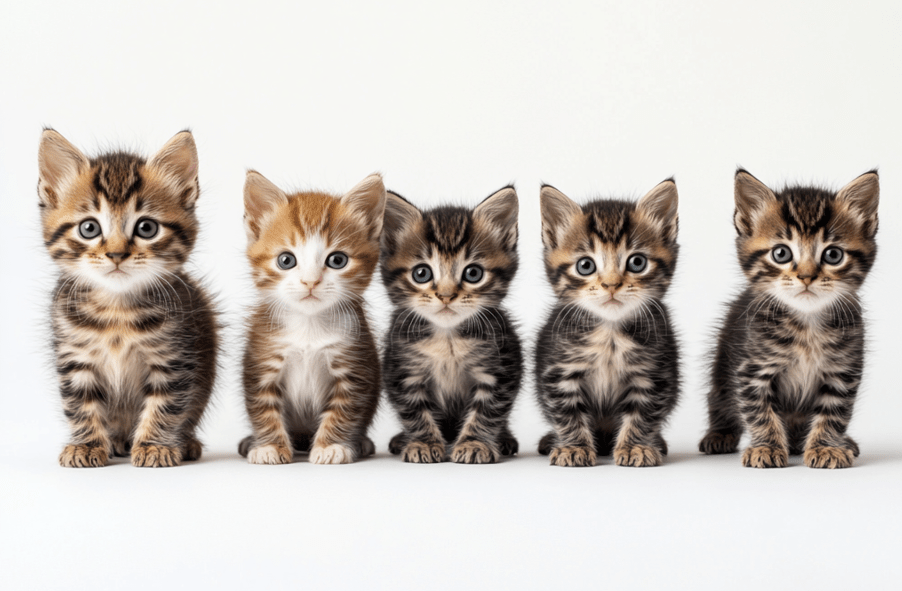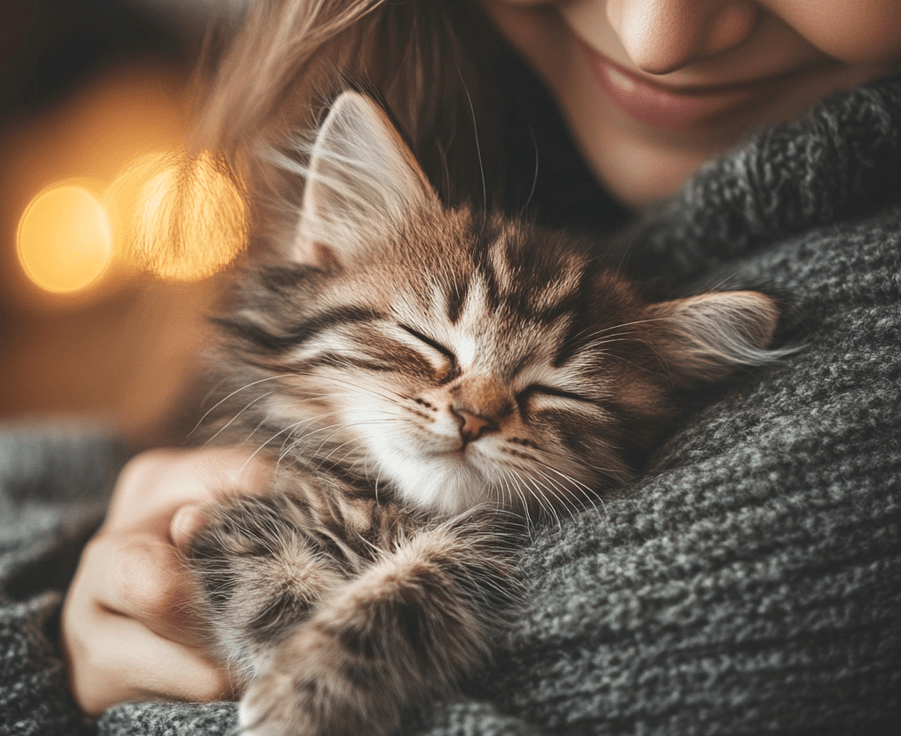
A big congrats on adopting your new kitty! You are preparing to follow a reward and significant path of friendship. Bringing a new cat into your home is an exciting time, but it also presents an adjustment period for both you and your new feline friend. This comprehensive list will help you make the transition and allow your new kitty to find its feet. This guide will help to assist you to provide what we believe is the best environment for your new pet and thus make the transition all that smoother and enjoyable!
To watch the summary of this article, just watch this video-
Questions for the Prospective Cat Adopter:
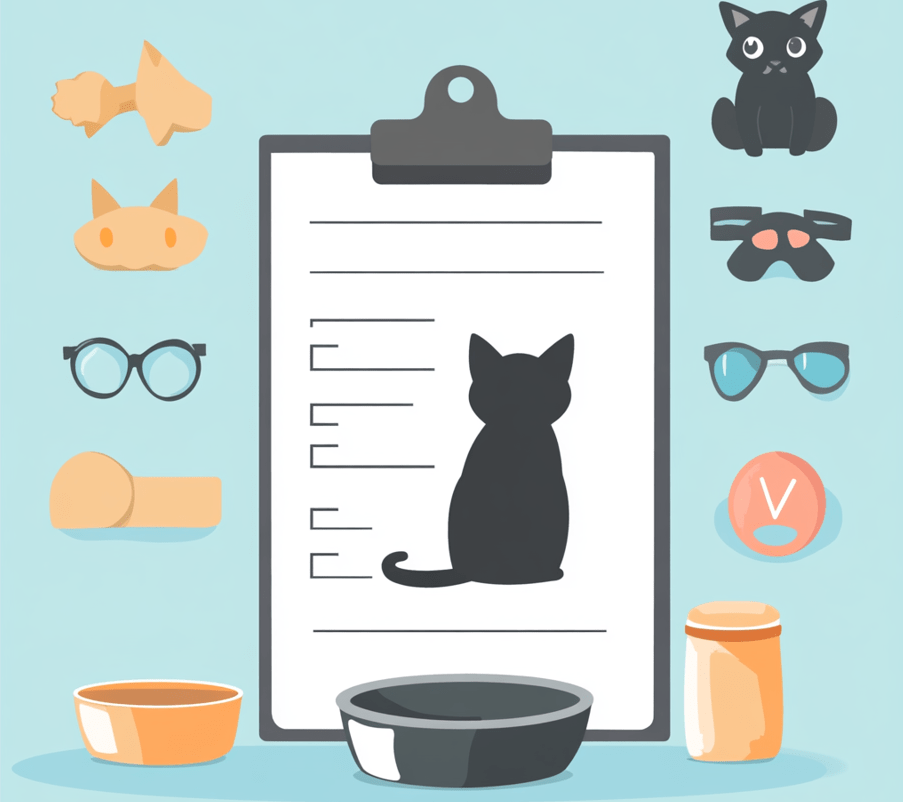
1.Do you have any pets at the moment and what will their reaction be with a new cat?
2.Is your home a good living environment for the cat you want to adopt?
3.Will you have time enough to care for a cat responsibly when it comes to social commitments or work obligations?
4.Have you made a plan for your cat to be cared for while on vacation or traveling for work?
5.What do the people in your home think of having a cat around?
6.Is any of you or your partner/housemate allergic to pet hair, dirt or anything that would come while living with a cat?
7.Do you or another person in your home suffer from a health condition that might be exacerbated by having a cat around?
8.In which breed would a cat find its best fit? (You might review our guide to various breeds of cats for specifics.)
9.How is everything between the families doing? Cats are susceptible to stress, something that can result in both health and behavior problems.
10.How about an adult household member who has assumed the primary duty of caring for and feeding this cat?
Other Factors to Consider:
1.If you are planning on adopting a young cat, rate whether you have the time and patience to handle a teenager including playtime, training and generally higher energy?
2.Have you taken the time for your family, work and social life to see if a younger or an older cat would better match your lifestyle?
3.Are you willing to cope with any behavioral problems that might arise and have the ability to properly train a cat, or do you want an easier pet?
4.Are you looking for a cat that is good with kids, or one that can take a ride in the car?
5.Are you looking for a cat that will follow you everywhere, or are you more drawn to one that is less clingy and more autonomous?
Cats Adoption Costs

In most cases, when adopting a cat an adoption fee is charged to the adopter. This fee helps offset the costs of rescuing and taking care of homeless animals. Admittedly, this one-time charge is merely a sliver off the total cost of owning pets.
You may also need to have your new cat spayed or neutered prior to bringing it home.
Essential Expenses:
1.Common costs for every pet owner
2.Food
3.Regular veterinary care
4.Licensing fees as per local regulatory requirements
5.Collars and tags
6.Cat litter and litter box
7.Essential Grooming Tools and Products
Recommended Optional Expenses:
There are a few costs here that do not require you to have them, but trust me, you will be glad if you did.
1.Permanent Identification (e.g. Microchips and Tattoos)
2.More grooming supplies or professional grooming, depending on your cats needs
3.A spare collar
4.A bed and toys
5.A crate or carrier
Unforeseen Expenses:
1.Sudden events, like an accident or illness, can result in huge veterinary emergency costs.
2.Besides, the search for a missing family pet can involve costs associated with printing posters and handing out fliers.
3.Cats with other physical problems, or behavioral problems, may need professional help too.
Time Considerations:

1.Cats can be fed once or twice daily, and kittens should be fed more often with the daily amount divided into four to six small meals.
2.The owner of a cat should spend a minimum of 1 hour daily interacting with their Pet. This time can be used to partake in training, exercise, grooming, and play or just snuggling up on the couch together.
3.High-energy cats need extra exercise and interactive toys to play with.
4.Long-haired cats require about 20 minutes of grooming per day to prevent matting.
5.Illness makes many cats need some extra help, for example medical injections administered at a certain time each day in the case of diabetic cats.
6.Remember, if you are adopting a cat he may need more time of bonding and being reassured during the first few weeks in his new surroundings.
Shopping Checklist
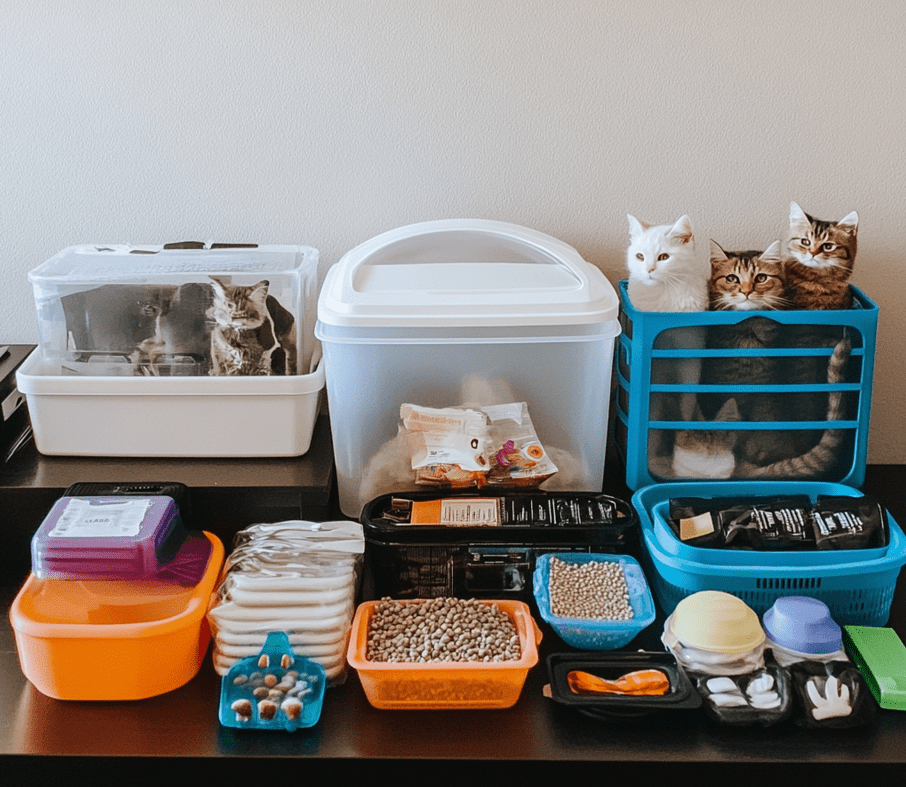
We recommend that you go ahead and wait until after you have your new kitty in your possession to buy any supplies. Some like food and water bowls, collar and harnesses should depend on the size of the cat you will be adopting. It can also be helpful to ask what type of food your pet has been eating at the shelter or foster home, so you can continue with that same kind of food for a little while (to keep things consistent). When your new pet has become used to their surroundings, talk to your vet if you wish to change it onto a different meal.
After you pick your pet, here is a list that can assist you on what supplies are essential to have:
Essential Items for Cats:
1.Food and water bowls
2.Canned and/or dry food
3.Litter box and scoop
4.Kitty litter
5.Collar
6.Phone charm with your phone number
7.Hard plastic carrier
8.Nail clippers
9.Cat toothbrush and toothpaste
10.Brush or comb (Cat dependent on coat length/type)
11.Super-absorbent paper towels
12.Sponge and scrub brush
13.Non-toxic cleaner
15.Lots of toys (catnip toys are a favorite)
16.First-aid supplies
Providing a Comfortable Atmosphere for Your Cat
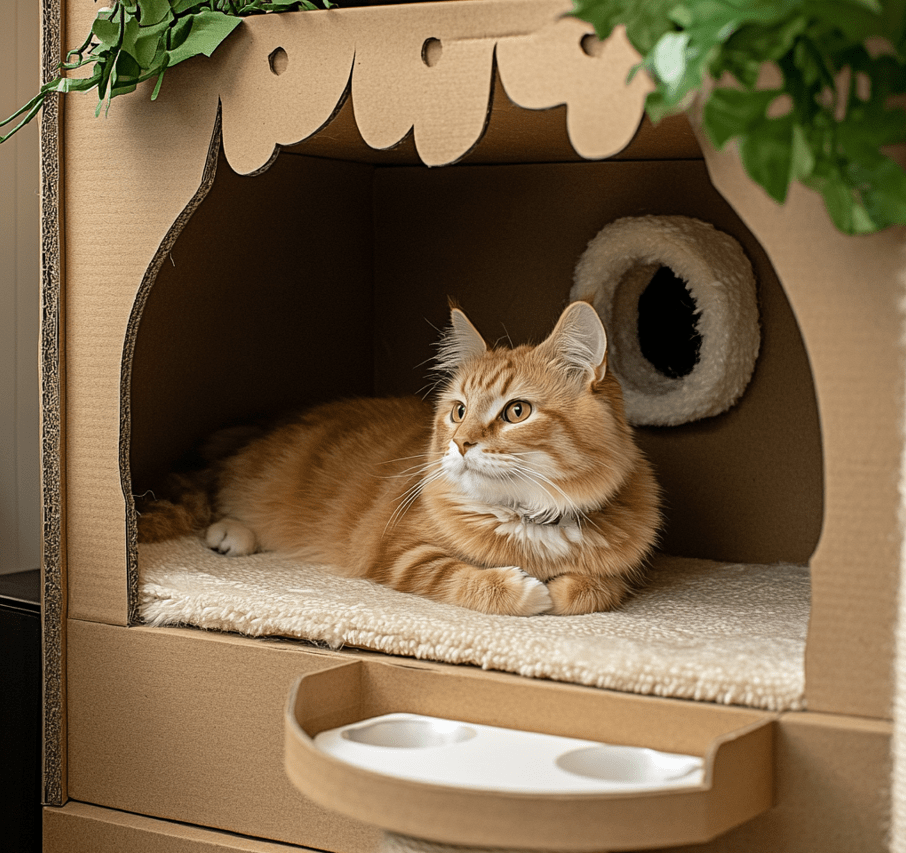
When bringing a new cat into your environment, it is best to begin with them confined in one room like the bedroom or living space. Provide the room with food, water and a litter box, and spend time in it regularly so your cat does not get lonely.
You also need to give it multiple hiding spots. The most basic of hiding objects is a plain cardboard box with holes on two opposite ends and lined with a blanket. Provide hiding places to go off the radar, and never mock or bother your cat in these areas for privacy.
Also provide a scratching post or cat tree in the space. In order to make the post more attractive, you can rub a towel on the cat’s cheek and then rub that towel on the post. This helps to introduce the cat to the post so they are more likely to use it.
Introduce the cat slowly to your home, and you. Let the cat approach or engage in play or going near their food bowl during feeding, instead of pressing it to pet. The cat will soon learn that you provide a positive experience and start to trust you.
But after a few days, or when the cat is confidently investigating their room and acting contently in there, you can start opening doors and allow them to access more of the house. Remember that a few cats need weeks before they feel confident in the first room so this is when you must be very careful.
Managing Stress in Cats
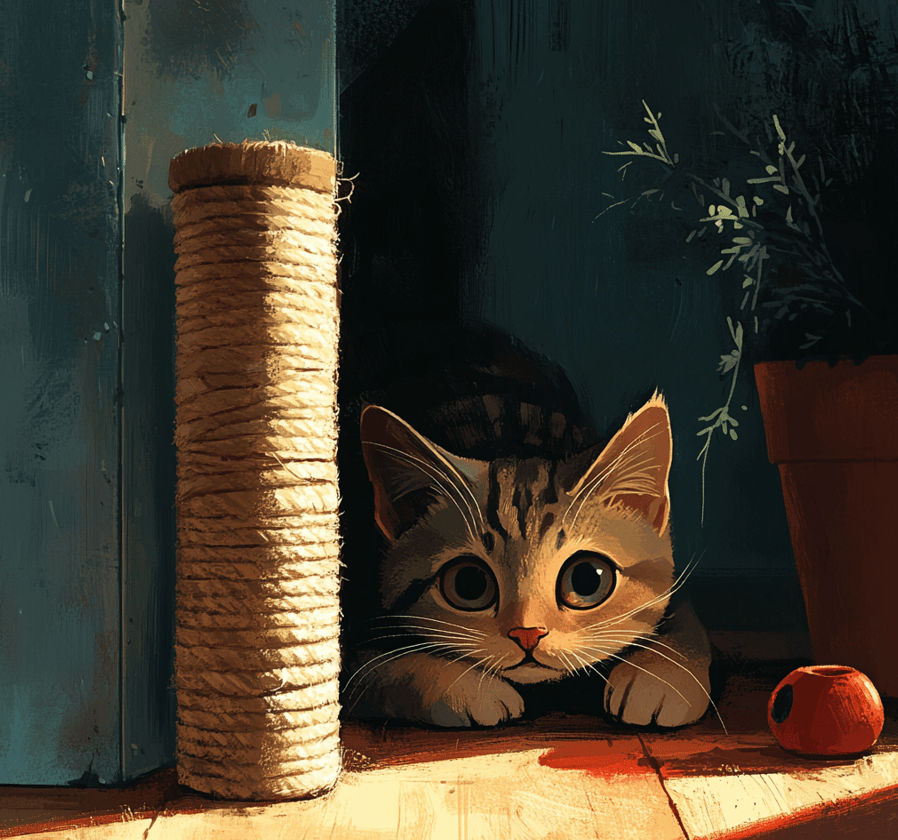
Most cats will be stressed when they are first brought into a new home. Signs that cats are suffering from stress could look like a decreased appetite, less grooming, hiding, lacking ability to pay attention or want affection, and sleeping in strange locations. A cat that is more stressed may also quiet down more, but this can be very subtle and difficult to detect. This would be the third home in a short period of time for most cats adopted from shelters, and thus will add to any stress they are already experiencing.
Allow your cat to settle in at its own pace, you need to create some room for your cat. In the first few days or weeks, they may run away and you see that in their behavior, where they eat less or go to the bathroom less. The cat hiding and coming out in his/her own time means they are independent — fostering a better relationship between the two of you. It gives the cat a feeling that they are dictating what happens to them, thereby increasing their sense of confidence in you and strength in the bond between both of you.
Once your cat is feeling social, always make any interaction be positive. Certain types of toys or treats and other delicious food that can be used to teach a positive association with your cat are wand toys.
Litter Box Training for Cats
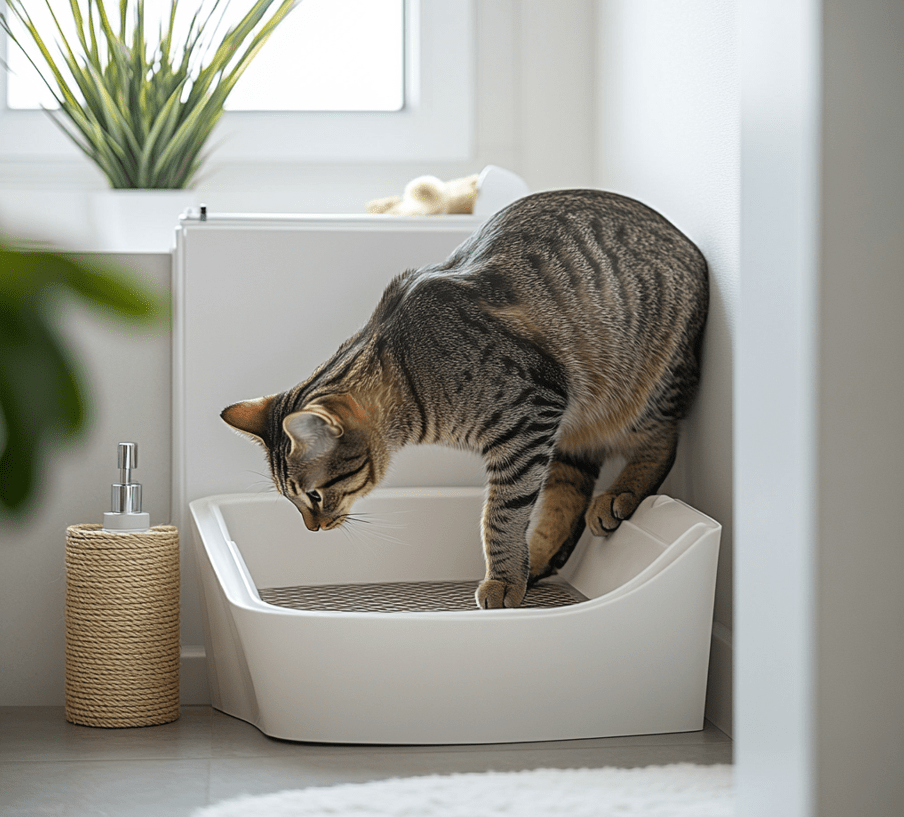
Your cat will want a place where to pee, and to make it possible the litter box should be uncovered and always clean. Covered litter boxes retain smells better but may not be as cat-friendly. Cats are very clean animals and have an amazing sense of smell when it comes to the odors of urine, poop, and deodorizers. You must clean the litter box every day in order to minimize odors of an unpleasant nature. You should clean the litter box in two weeks and scoop it daily at least once.
Most cats will discover the litter box on their own. At first, they might choose to sleep there when you are not around, say overnight or if they are a shy or anxious cat.
One of the top reasons cats are given up to shelters is due to litter box problems. It also smells bad to your cat as well, so the smell alone might keep your cat away from their new cat litter box. The most important aspect of a clean environment is to keep your cat happy and comfortable.
